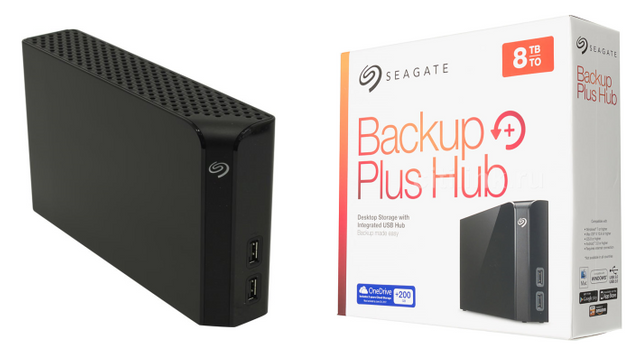How to use SMR (Shingled Magnetic Recording) hard disk drives for BURST mining
Introduction
For those that are not familiar with BURST cryptocurrency, it is different from most crypto in that it is mined not with CPU or GPU but with hard drive space. This makes it an extremely low cost (after the cost of hard drives of course) mining operation at a time when GPUs are difficult to get hold of. What's more, you can run GPUs in the same machine if you wish or add hard drives to your existing GPU miners.

The process is as follows:
- Plot your hard drive(s) with nonces.
- Mine!
So the biggest part of this is SPACE - how many terabytes of plots you can get together. You can think of each nonce as a lottery ticket - the more you have, the greater the chance of having the one that can solve the block fastest (known as the deadline). The lower the deadlines, the bigger the payouts when pool mining and the more chance of forging the block when solo mining.
What is SMR (Shingled Magnetic Recording)? A simplified description.
Historically, most hard drives have used parallel magnetic recording where the magnetic data is recorded next to itself. In SMR, the data is overlapped like shingles on a roof and some clever data manipulation techniques are used to write new data without losing the old. You can find a full explanation on Wikipedia (https://en.wikipedia.org/wiki/SMR
SMR and BURST mining
Before you can mine with your hard drives, they must be "plotted" - this is the process of generating nonces with your CPU or GPU and writing them to plot files. These plot files typically use as much as space on the drive as possible.
When you plot a PMR (parallel) drive, there is usually no issue and writing can be done at speeds that you would expect given the published transfer rates of the drive.
When you attempt to plot an SMR drive however, the cleverness that goes on in the background slows down the writing process significantly and plotting can take much much longer. Not only that, the drive will get extremely hot as it has to do much more work than with a PMR drive.
Why use SMR drives in the first place?
This is a simple choice. There are limits to the amount of data that manufacturers can fit onto a standard 3.5" drive and SMR is used to increase the maximum amount, typically 8TB. SMR drives are typically lower cost and usually come in the form of external ARCHIVE or BACKUP drives manufactured by Seagate, Western Digital and others.
Mining from SMR drives is perfectly fine. Each time a new block is to be solved, your drives will be scanned once - there is very little activity in doing this and the fact that they are SMR has no effect.
SMR drives are HIGH CAPACITY, LOW COST and AVAILABLE.
So how do I plot them?
Here is a description of how I deal with them and how my BURST mining setup works.
First, I use a Ryzen 7 1700X processor which is capable of plotting 2 drives at once at around 8000 nonces per minute each. I have a 6TB PMR drive which is used for generating plots and these are then copied over to the SMR drive. Here is a rundown of how it works.
- Plot the 6TB drive and start mining with it. We will call this our PREP drive (I label mine BURSTPREP)
- Copy the 6TB plot file to your first 8TB SMR drive (labelled BURST1) - you get the benefit of the plot for mining whilst this takes place.
- Once complete, mine with the SMR drive and format the BURSTPREP drive.
- Plot a new file to BURSTPREP with enough nonces to fill the remainder of the BURST1.
- Once complete, add this plot (still on BURSTPREP) to your mining.
- Copy the new plot file from BURSTPREP to BURST1. You may get some errors when mining but this will not affect the number of valid nonces you can use.
- Remove the plot from BURSTPREP from your mining and format again.
- Plug in your next 8TB SMR drive and repeat the process.
This is the most efficient way to use all available plots at any 1 time for mining, and to be using all the time not copying, plotting. It assumes you have just 1 mining machine and a limited budget. You can use your BURSTPREP drive with a full 6TB plot file until you can afford your next external SMR drive.
Some notes on generating nonces
A nonce cannot have the same number as another nonce - if it does, they are essentially identical when generated and only 1 will give you any benefit. I will do another guide shortly on using "xplotter" and how to calculate number of nonces from free space on your drives.
Questions etc
Getting started with BURST can be a bit daunting at first - you will have many questions and whilst the community is amazing for this coin, sometime members may not be around. Feel free to ask me any questions and please upvote if you want more guides. This is also my first post on steemit - any feedback greatly appreciated.
Informative post, very good use for archive type drives. I never really got into burst, but this might make for an interesting science experiment.
Thanks azfix. Yeah the way I saw it, if you have any PC on 24 hours then you may as well use the extra 6W or so to make some coin. BURST is doing great for me.